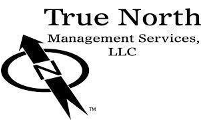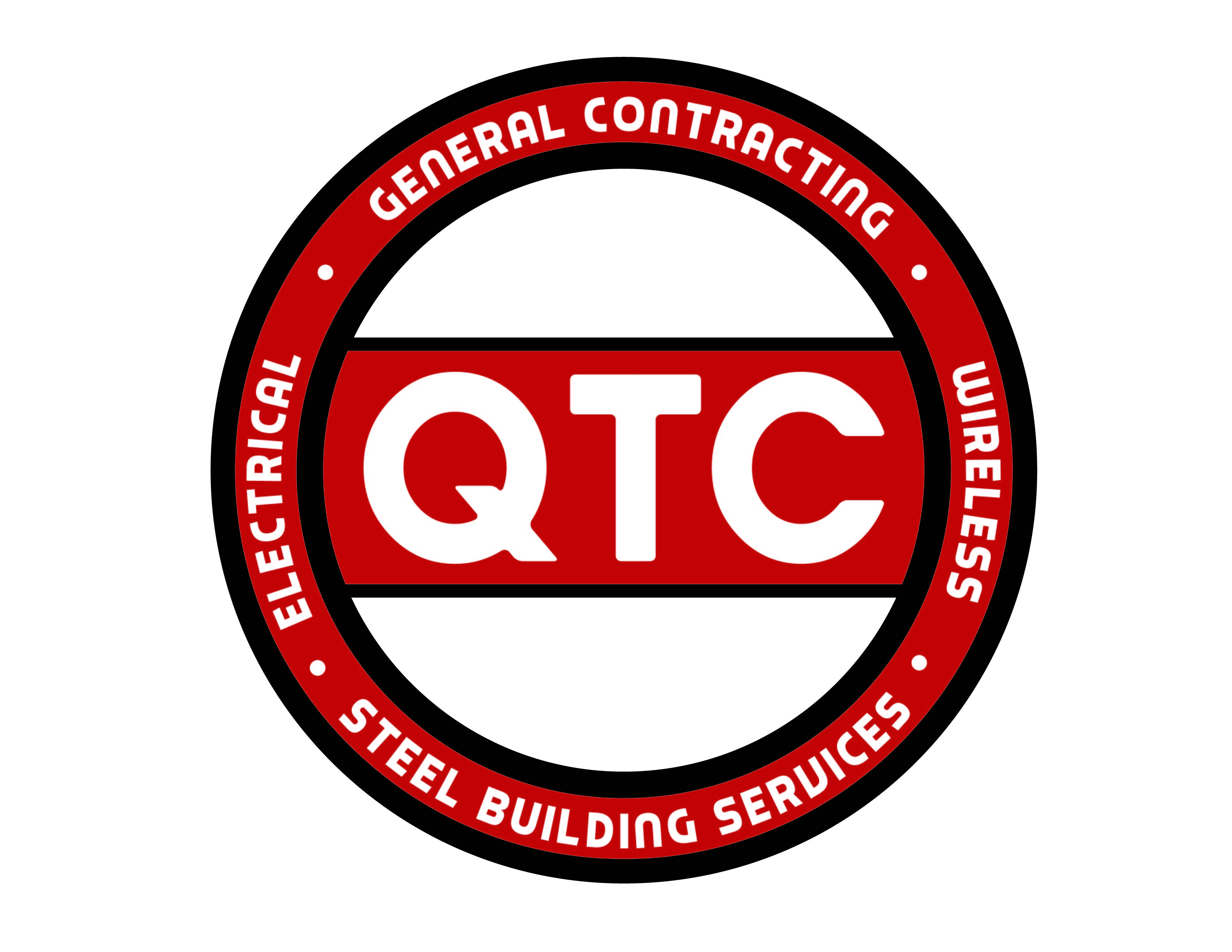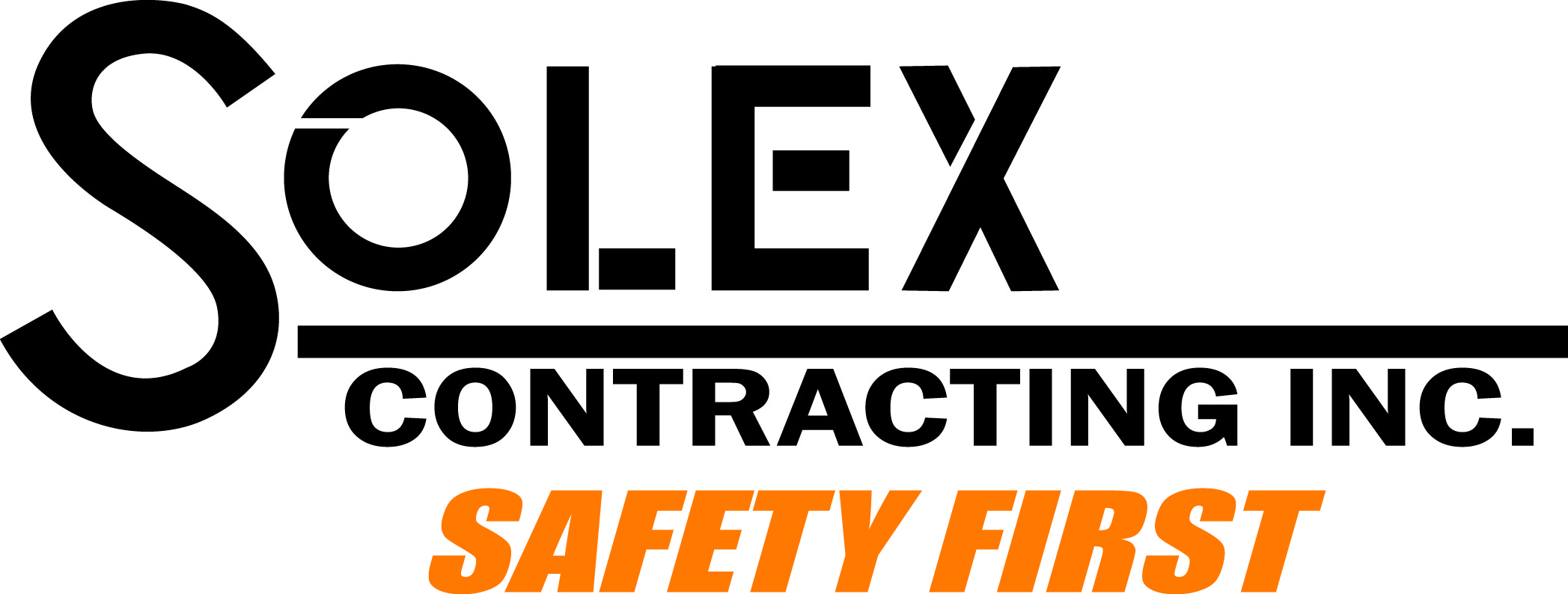Title Page
-
Site name
-
Location
-
Conducted on
-
Prepared by
-
Location Address
-
Client Name
-
Subcontractor Name
-
Project Name
-
Project Manager Responsible
General
-
Are Operatives on site upon arrival?
-
How many personnel on site?
-
Crew Foreman/Team Leader Name
-
Do the operatives have all required site documentation?
-
Overall compliance with site documentation requirements:
-
Is the worksite clear of rubbish and debris?
-
Ensure staff adopt the philosophy of 'A tidy site is a safe site'.
-
Are materials stored properly and orderly?
-
Are all work and storage areas securely guarded/protected and conform to Chapter 8 NRSWA requirements?
-
Are there at least 2 persons on site currently certified in First Aid/CPR?
-
First Aid kit available and suitable for the site and numbers of personnel?
-
Is drinking water available?
-
Have suitable welfare provisions been made for the site (on site or locally) and are all operatives aware?
-
Overall compliance with site conditions management
Risk Assessments and Method Statements
-
Are method statements adequate and suitable for the task?
-
Does the method statement offer the necessary controls and required level of protection?
-
Has a Point of Work Risk Assessment been completed for this site?
-
Risk Assessments and Method Statements compliant?
Training and Skill Cards
-
Are all persons trained for their respective tasks?
-
Are Skill Cards available for inspection?
Access & Egress
-
Is there safe access and egress to all working areas of the site?
-
Have pedestrian walkways been provided to protect them from moving vehicles?
-
Are walkways free from obstructions and stored materials?
-
Adequate signage is provided to direct members of the public.
Control of Substances Hazardous to Health (COSHH)
-
Have COSSH Assessments been carried out for all potentially hazardous materials and substances being used on the site.
-
Are material safety data sheets available to assist with COSHH assessments.
-
Have the hazards associated with the use of such materials been properly communicated to those affected.
-
Ensure all dangerous/hazardous materials/Substances are clearly marked/identified and stored in a secure location appropriate to the substance.
-
Have the appropriate control systems and PPE been provided and is the PPE being used.
-
COSHH Compliant?
PPE
-
Are site operatives wearing hard hats and are they suitable for the activity i.e. Climbing hat?
-
Are helmets within their expiry date? Helmets should be changed every 2-3 years.
-
Are operatives in possession of and wearing safety glasses/goggles appropriately?
-
Are operatives wearing gloves suitable for the activity?
-
Is RPE required for the activities and being used and worn correctly?
-
Hearing protection available and being used appropriately?
-
Are all site personnel wearing suitable Hi-Viz clothing for the work location?
-
Are site personnel wearing appropriate hard-toe footwear?
-
Is all PPE being kept in good condition?
-
Are site personnel dressed in appropriate work clothing?
-
List any other PPE in use on this site
-
Is any other PPE needed on this site?
-
Overall compliance with PPE requirements
Confined Space Working
-
All work in confined spaces should be subject to a specific risk assessment and be carried out in accordance with Permit to Work/Enter and a safe system of work.
-
Only appropriately trained and qualified persons who have undergone an accredited confined spaces entry course shall be permitted to enter a confined space, and only then if the correct checks have been made and the correct safety equipment (breathing apparatus, gas detection equipment, emergency escape equipment etc) are used.
-
Is there a risk assessment for any confined spaces work?
-
Ensure any confined space permits have been checked, are valid and being strictly enforced.
-
Are operatives suitably trained and competent for the level of confined space working?
-
Do operatives have all necessary equipment to operate within confined spaces?
-
Is all required equipment being used correctly and appropriately for the confined space task?
-
Confined Spaces compliant?
Work at Height & Lifting Operations
-
Is there Work at Height taking place on this site?
-
Are Lifting Operations taking place on site?
-
Is there a documented lifting plan for the site?
-
Are overhead utilities and other electrical hazards addressed in the POWRA?
-
Are lifting operations taking place within 20 feet of overhead utilities?
-
Do the Hoist/Crane Operator/s hold the correct certifications to operate
-
Ensure that the lifting equipment is capable of lifting the heaviest component within the anticipated working radius - allow for sufficient spare capacity.
-
Check that the rated capacity/safe working load is clearly marked.
-
All lifting equipment should have a thorough examination every 6 months.
-
Is there an operators manual for the unit(s) on site?
-
Is there a (competent) Appointed Person coordinating all lifting operations?
-
Lifting Operations/Equipment compliant?
-
Have any RF hazards been considered and documented on the POWRA (if applicable)?
-
Does client or site owner require specific RF protection plans?
-
Overall compliance with safety requirements:
Ladder Working
-
Are ladders being utilised on site?
-
Are all ladders on site in good condition?
-
Are A-frame ladders set up correctly with legs fully opened and locked in place?
-
Are extension ladders set up at the proper slope of 4:1 and properly anchored to the structure?
-
Do extension ladders extend at least 36" above the landing level?
-
Are ladders set up on stable and level ground?
-
Overall compliance with Ladder safety requirements:
Traffic Management
-
Has a traffic management plan been prepared?
-
Are traffic management arrangement suitable and sufficient?
-
Are pedestrians segregated from moving vehicles and plant?
-
Does the site layout match the plan?
-
Are traffic management arrangement suitable?
Manual Handling
-
Ensure that a manual handling risk assessment has been completed wherever regular lifting of heavy loads is required.
-
Check the suitability of using wheelbarrows, hoists, telehandlers and other plant or machinery so that manual handling of heavy objects is kept to a minimum.
-
Avoid the repetitive laying of heavy building blocks weighing more than 20KG.
-
Ensure all staff have received manual training.
-
Manual Handling compliant?
Excavation & Civils Works
-
Does the scope of work on site include excavation?
-
Are underground utilities marked up?
-
Are insulated hand tools available and being used?
-
Does the scope of work include use of heavy equipment or other motorised equipment?
-
Are all excavations suitably protected on all 4 sides to prevent access?
-
Excavation work compliant
Compressed Gasses (e.g. LPG, Acetylene)
-
Are they kept away from flammable liquids?
-
Are the properly stored in vehicles
-
Are gasses segregated by type?
-
Is the cylinder valves fully closed when not in use?
-
Do all lines have anti-flashback arresters fitted (except for LPG fired blow heaters/torpedo heaters?
-
Do all line connections only have approved fittings and clips, with no Jubilee clips?
-
Compressed gasses compliant?
Occupational Health, HAV'S, Noise and Associated Health Risks
-
Check that workers have had information and training so that they know what the risks are from HAV.
-
Check that exposure to HAV has been reduced as much as possible by selecting suitable work methods and Plant.
-
Ensure reduced-vibration tools are used wherever possible.
-
Check vibration tools are properly maintained.
-
Check whether health surveillance for people exposed to high levels of hand-arm vibration over long periods is in place.
-
Limit the exposure of persons to HAV by ensuring that no person uses vibrating tools for longer than the manufactures guided times.
-
Noise - As a general rule, if you: - have to shout to be heard at a distance of 2m, the noise level is approx 85dB and you should consider wearing hearing protection.
-
- have to shout to be heard at a distance of 1m, the noise level is approx 90dB and you should definitely wear hearing protection.
-
Ensure that workers have had training so they are aware of the risks from noise on site and what they need to do to avoid these risks.
-
Check whether the noise can be reduced by using different working methods or selecting quieter plant e.g.: by fitting breakers and other plant or machinery with silencers.
-
Ensure that people not involved in the work are kept away from the source of the noise.
-
Occupation health, HAV'S, Noise and associated risks compliant?
Environmental Management
-
Is there any evidence of nesting birds, if so are protection measures adequate?
-
Is there any evidence of invasive plants, if so are precautions adequate?
-
Note - it is an offence to propagate or cause to spread Japanese Knotweed, Giant Hogweed, Ragwort and Himalayan Balsam.
-
Is the site free from trees that have a tree protection order (TPO)?
-
Is a local drainage plan available on site?
-
Are any noise/dust issues present and are they being suitably controlled?
-
Is there a complaints procedure in place?
-
Are there effective measures in place to prevent light pollution?
-
Is plant and equipment fitted with suitable and effective silencers?
-
Spill Response
-
Are spill kits available?
-
Located in the correct areas?
-
Staff and operatives aware of their location?
-
Have emergency drills taken place?
-
Are the contents regulary checked?
-
Working on or near water
-
Are consents in place?
-
Is any silty water being treated or disposed of to foul?
-
Are appropriate pollution prevention measures in place and adequate?
-
Are soil heaps located away from rivers/streams?
-
Environmental Management compliant?
Conclusion
-
List the Crew member names on site
-
Amount of time spent on site?
-
Were all deficiencies corrected while on site?
-
Report reviewed with:
-
Signature of Person Completing Audit:
-
Signature of Site Foreman
-
Risk rating for this Audit.
-
Additional site photographs











